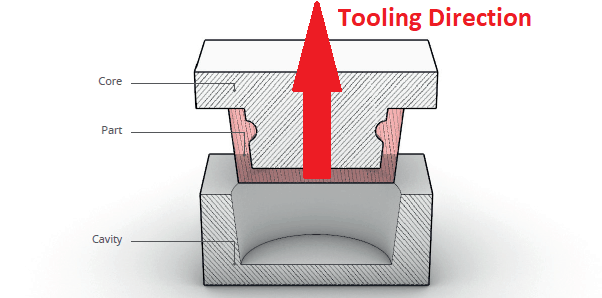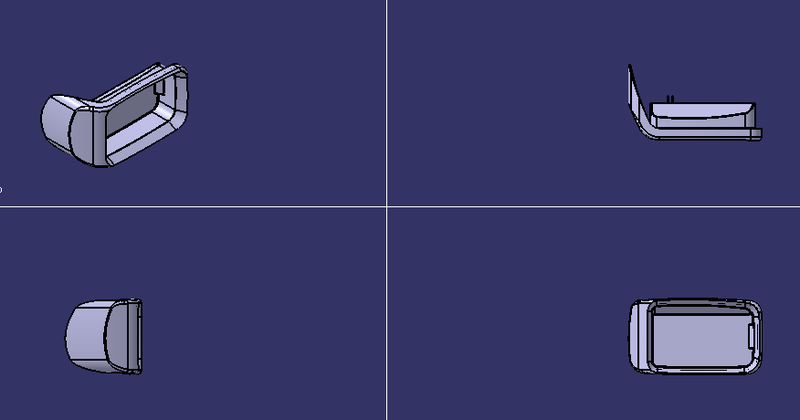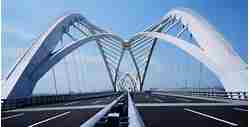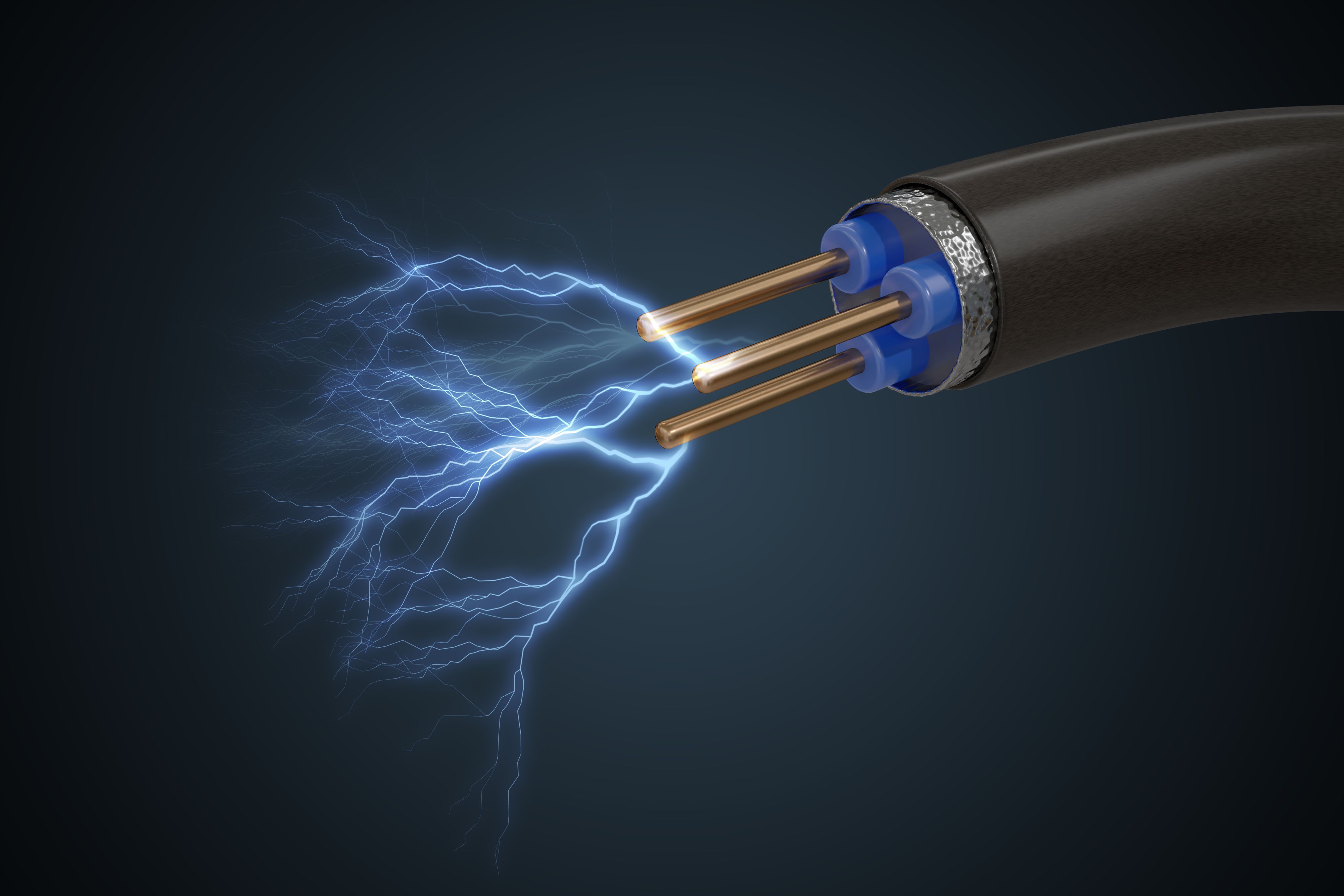Courses by Software
Courses by Semester
Courses by Domain
Tool-focused Courses
Machine learning
POPULAR COURSES
Success Stories
Week 9 - Attachment Feature Creation - Challenge 1
AIM: To Create the rib for the Centre console coin holder considering the design rules INTRODUCTION The Draft Analysis command enables you to detect if the part you drafted will be easily removed. This type of analysis is performed based on colour ranges identifying zones on the analyzed element where the deviation…
Sasidhar varma uppalapati
updated on 22 Sep 2021
AIM: To Create the rib for the Centre console coin holder considering the design rules
INTRODUCTION
The Draft Analysis command enables you to detect if the part you drafted will be easily removed. This type of analysis is performed based on colour ranges identifying zones on the analyzed element where the deviation from the draft direction at any point, corresponds to specified values.
Tooling direction is the main consideration for plastic part and mould parts because it defines the movement of the mould part and the possibility of the plastic part coming out from the mould part (Core and Cavity).

TOOLING DIRECTION
The Tooling Direction is basically the direction that the mold pulls apart. The mold is built in two separate pieces, basically. You have a Cavity side and you have the Core side. The Core pulls apart from the Cavity and that's the Dyeline or the Tooling Direction.
PROCEDURE FOR CREATING TOOLING AXIS
Firstly import the given class A surface to the catia.
- Check For any defects in the surface such as boundries and estimate the possible tooling direction

Here, the input given was not a single surface. so, join the surfaces to create Class A surface

In the given surface the side walls are vertical without any draft to it. So, tooling axis is created in vertical direction along the base

CREATION OF RIBS
Ribs - Ribs are a feature in plastic injection molded parts. They are thin extensions that run perpendicular to a wall or plane. They are commonly used to provide additional support and strength to a part. Thickness and location are essential to rib design.
There are some rules which we have to keep in mind while designing the ribs and those rules are:
1) Rib thickness - Ribs should be designed to be 40 percent of the nominal wall thickness. Thinner does not provide much structure and may be hard to fill. Thicker ribs are tempting, but they can begin to introduce sinks on the cosmetic surface.
2) Rib height - The Rib height should be greater than or equal to 5 times the wall thickness.
3) Rib spacing - Increase the number of ribs rather than their height in order to increase stiffness. Ribs should be spaced a minimum of two times the nominal wall thickness apart from one another. or it can be done in the ratio as well. The ratio will be of a height to width ratio.
4) Minimum thickness at the tip - We have to ensure that the minimum thickness at the rib tip must be 0.75 mm
5) Draft - A minimum 0.5-degree draft will ensure that they release from the tool during molding.
6) Rib coring - Core thick ribs from the back or below to create a blank area and thinner rib walls. This will help mitigate cosmetic sinks.
7) Radii - The fillets provided in the ribs should be in the range of 0.25mm to 0.5mm. Generally, it is recommended to give 0.25mm fillets.
First, I will extract the back surface and create a sketch on that side. The extract and sketch are shown below:



Sketches are extruded to a height of 12.5 mm From the base

Extruded sketches are converted into solid using thick surface

Draft angle of 0.5 is given to the ribs

Fillets of 0.25mm is provided

completed design in various orientations



Leave a comment
Thanks for choosing to leave a comment. Please keep in mind that all the comments are moderated as per our comment policy, and your email will not be published for privacy reasons. Please leave a personal & meaningful conversation.
Other comments...
Be the first to add a comment
Read more Projects by Sasidhar varma uppalapati (19)
Week 9 - Project 1 - Door Applique Design with Engineering Features
AIM: Create the Base Bracket Plastic component through the given Class-A surface. To begin with, the tooling axis for the given Class-A Surface should be created meeting the requirements of the draft angle and at the end perform the Draft analysis on the model. Create the Heat Stakes and the locators considering the…
19 Oct 2021 12:51 PM IST
Week 9 - Attachment Feature Creation - Challenge 2
AIM:- To Create the boss and Dog House for the Centre console coin holder considering the design rules INTRODUCTION The Draft Analysis command enables you to detect if the part you drafted will be easily removed. This type of analysis is performed based on colour ranges identifying zones on the analyzed…
23 Sep 2021 11:36 AM IST
Week 8 - Challenge 5 - Core & Cavity Design
AIM - To create the core and cavity block for the switch bezel INTRODUCTION The Draft Analysis command enables you to detect if the part you drafted will be easily removed. This type of analysis is performed based on colour ranges identifying zones on the analyzed element where the deviation from the draft direction…
22 Sep 2021 05:51 PM IST
Week 9 - Attachment Feature Creation - Challenge 1
AIM: To Create the rib for the Centre console coin holder considering the design rules INTRODUCTION The Draft Analysis command enables you to detect if the part you drafted will be easily removed. This type of analysis is performed based on colour ranges identifying zones on the analyzed element where the deviation…
22 Sep 2021 05:49 PM IST
Related Courses






0 Hours of Content

Skill-Lync offers industry relevant advanced engineering courses for engineering students by partnering with industry experts.
Our Company
4th Floor, BLOCK-B, Velachery - Tambaram Main Rd, Ram Nagar South, Madipakkam, Chennai, Tamil Nadu 600042.
Top Individual Courses
Top PG Programs
Skill-Lync Plus
Trending Blogs
© 2025 Skill-Lync Inc. All Rights Reserved.








